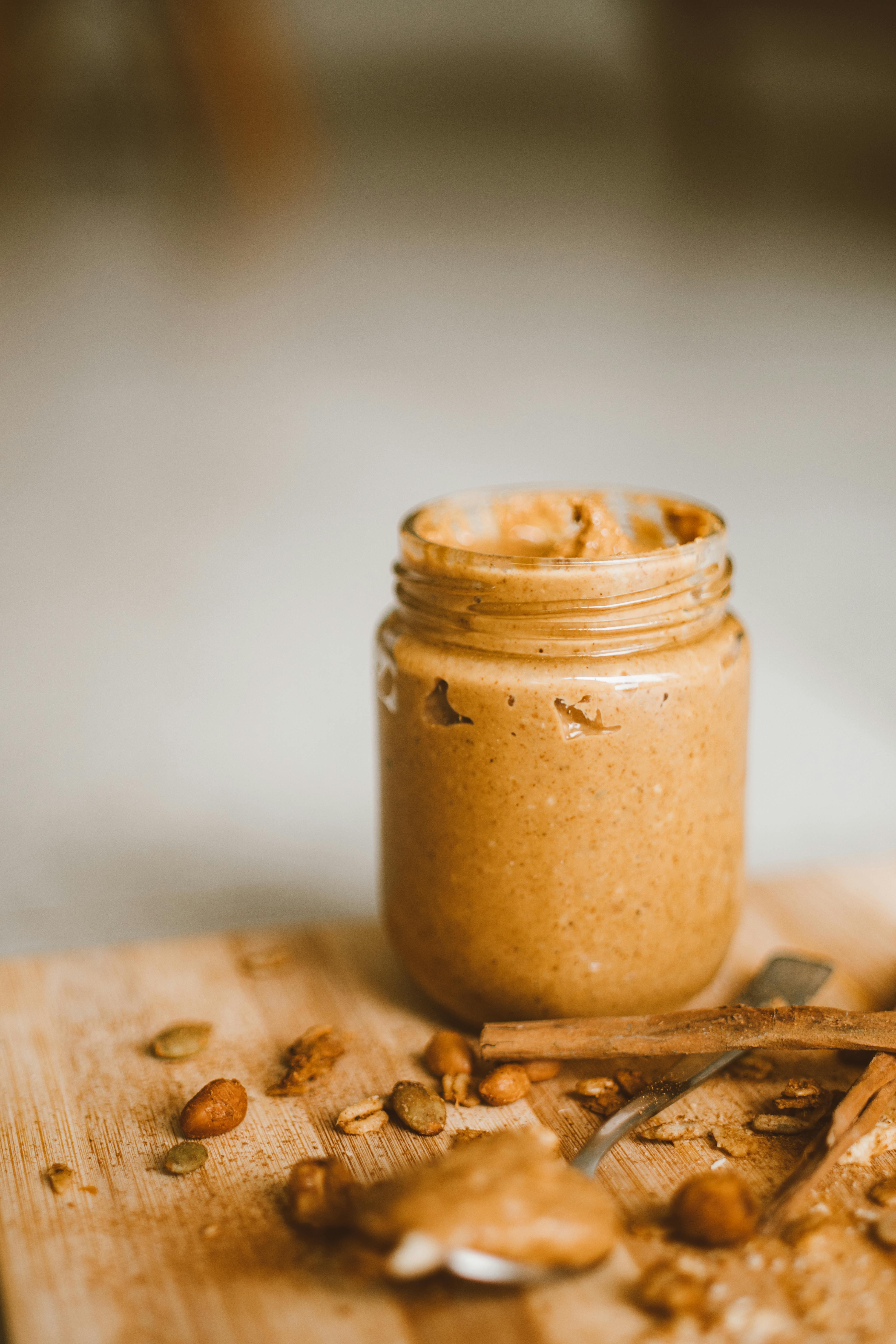Effective Ways to Compare Paleo Diet vs Keto in 2025
As dietary trends evolve, many health-conscious individuals turn to the Paleo diet and the Keto diet for their potential health benefits and weight loss strategies. The Paleo diet focuses on natural foods reminiscent of our ancestors, while the Keto diet emphasizes a low-carbohydrate, high-fat approach to achieve metabolic changes, particularly through ketosis. This article will explore the key differences, benefits, and overall effectiveness of these two popular diets in 2025, assisting you in making informed decisions about your health and lifestyle changes. We’ll delve into nutritional guidelines, meal planning strategies, and distinctive culinary practices that define each diet.
Understanding the Paleo vs Keto debate has become essential for anyone seeking to optimize their eating habits. As more people adopt these diets, knowing how they align with various health goals—like weight management, blood sugar control, and energy levels—becomes crucial. Key takeaways include comparing food groups, macronutrient ratios, and the culinary methods that contribute to the success of each diet.
Key Differences Between Paleo and Keto Diets
Building on the initial overview, it’s vital to recognize the fundamental differences between the Paleo and Keto diets. The Paleo diet primarily encourages consuming whole foods that replicate the dietary staples of our hunter-gatherer ancestors, emphasizing natural foods such as vegetables, fruits, nuts, and lean proteins. In contrast, the Keto diet focuses on drastically reducing carbohydrates in favor of high-fat foods, which facilitates a state of ketosis—where the body burns fat for energy instead of glucose.
Macronutrient Ratios
The macronutrient ratios in these diets are distinctly different. The Paleo diet advocates for a balanced approach, typically including about 40-60% carbohydrates, 20-35% protein, and 30-40% fats. This allows for a wide variety of food choices, including healthy carbohydrates from fruits and vegetables. Conversely, the Keto diet maintains a specific macronutrient breakdown, generally comprising 5-10% carbohydrates, 20-25% protein, and 70-80% fats, ensuring that the body remains in ketosis and primarily uses fats for energy.
Food Quality and Sources
Food quality is another significant factor that influences the effectiveness of both diets. Paleo advocates prioritize nutrient-dense, whole foods, avoiding processed foods, sugars, and grains. They emphasize dietary staples such as grass-fed meats, fruits, vegetables, and nuts. On the other hand, Keto proponents often focus on high-fat foods like avocados, olive oil, and fatty cuts of meat, while also sometimes including dairy products, which may not align with the Paleo lifestyle's strict exclusions of processed or dairy products.
Health Benefits and Risks
Both diets offer unique health benefits. The Paleo diet can enhance gut health through a high intake of fiber-rich foods and natural foods, promoting better digestion. Additionally, it may help improve insulin sensitivity and lower the risk of metabolic syndrome. The Keto diet has gained recognition for its potential in weight loss and fat burning, often leading to rapid changes in body composition. However, it may pose risks, including nutrient deficiencies, especially if not carefully monitored for diverse food intake.
Long-term Sustainability and Lifestyle Adaptation
When comparing dietary strategies, long-term sustainability is crucial. Adhering strictly to the Keto diet can be more challenging due to its restrictive nature regarding carbohydrates. Many individuals may struggle to maintain their adherence over time, leading to potential rebounds in weight or cravings management issues. Conversely, the Paleo diet's broader spectrum of food choices might support long-term adherence, allowing for flexibility that caters to individual dietary preferences without leading to feelings of deprivation.
Meal Planning: Paleo vs Keto
With these frameworks established, transitioning into practical meal planning can significantly enhance your experience with each diet. Meal prep is essential for maintaining consistency, ensuring that you meet your nutrient intake goals, and avoiding convenience foods that may not align with your dietary needs.
Paleo-Friendly Meal Options
Paleo recipes often focus on whole foods that require minimal processing. Meals can include grilled chicken with roasted veggies, beef stir-fry with a variety of colored peppers, and wholesome snacks like mixed nuts and fresh fruits. The emphasis on clean eating encourages centered meal choices that allow an abundance of nutrient-rich foods while avoiding refined sugars and grains.
Keto-Friendly Meal Variants
Keto recipes prioritize meals that facilitate ketosis. Common options might include creamy avocado salads, bacon-wrapped asparagus, or zoodles (zucchini noodles) paired with high-fat sauces. Snack choices typically include cheese, nuts, or sugar-free alternatives. The focus is on healthy fats, leading to energy production through fat metabolization while ensuring the body remains in a state of ketosis.
Comparative Assessment of Health Goals
Transitioning from meal planning to assessing your health goals is vital for understanding which diet might be better suited to your lifestyle. Both diets can be adapted to support different health objectives, but customization based on individual dietary needs is essential.
Weight Loss and Body Composition
For those primarily focused on weight loss, the ketogenic lifestyle may offer rapid results by encouraging fat burning through a low carbohydrate approach. However, weight management strategies within the Paleo diet maintain overall equilibrium by integrating healthy foods, thus providing a long-term solution without the strict limitations found in keto.
Blood Sugar Control and Insulin Sensitivity
Individuals with specific health concerns, such as diabetes, may benefit from a Keto diet's ability to stabilize blood sugar levels and enhance insulin sensitivity through reduced carbohydrate intake. The Paleo lifestyle could also contribute positively to these aspects by eliminating processed foods while focusing on fiber-rich, whole foods that promote balanced blood sugar.
Gut Health Considerations
Considering digestive health, the Paleo diet's focus on fiber-rich foods like fruits and vegetables can directly enhance gut functionality, potentially leading to fewer digestive issues. The high-fat nature of the Keto diet may benefit some individuals’ digestion, but it could also lead to constipation if not properly balanced with fiber from non-starchy vegetables.
Expert Recommendations for Dietary Choices
As you navigate the Paleo vs Keto conversation, consulting health professionals or nutritionists can be invaluable. They can provide tailored dietary advice based on individual needs, ensuring you select the plan most conducive to your wellness journey.
Adapting Your Lifestyle with Community Support
Communities around these dietary lifestyles can provide encouragement, shared experiences, and recipes for both Paleo and Keto enthusiasts. Engaging with fellow followers can help maintain motivation, answer questions, and offer culinary practices to enhance your meal prep capabilities.
Monitoring Progress and Adjusting Accordingly
Self-monitoring your dietary progress through food intake tracking can help identify effective strategies tailored to your health goals. Paying attention to your body’s response, potential cravings, or emotional eating patterns may warrant adjustments in how strictly you adhere to either diet.
Conclusion: Making Your Dietary Choice
In conclusion, both the Paleo diet and the Keto diet present unique advantages and challenges, depending on your health goals and lifestyle preferences. Whether you choose the whole foods approach of the Paleo lifestyle or the fat-focused strategy of the ketogenic diet, the foundational principle of healthy eating remains the same: prioritize natural, unprocessed foods to support your well-being and longevity. Whichever path you take, ensuring balance and variety in your meal selections will significantly enhance your overall dietary experience.


